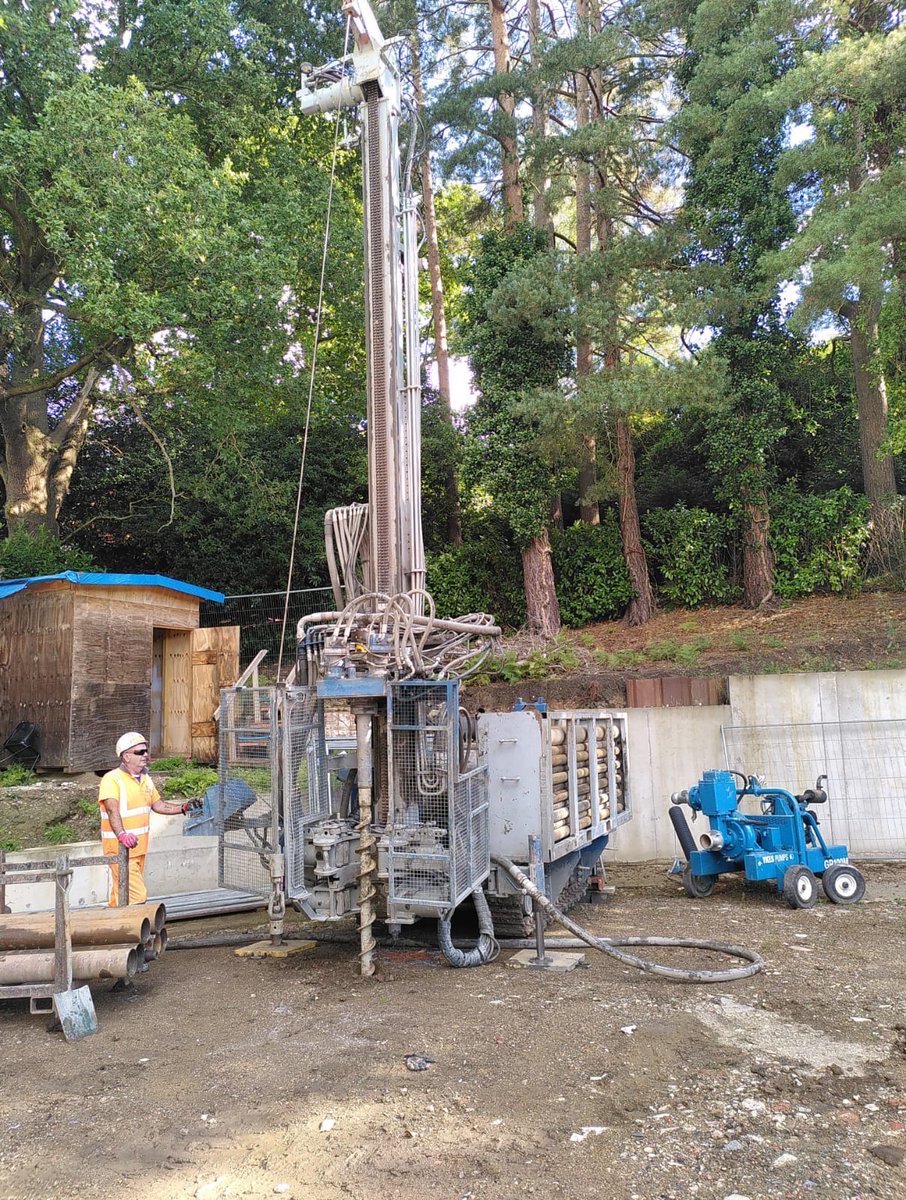
My task this weekend, ahead of the heat and buildings strategy launch and #cop26 is to show the work involved in installing a #heatpump and #lowtemp heating. To get to #netzero you don't have to have a heat pump, but you will need low temp heating and an energy efficient home 1/9 



Firstly, even if you get a hydrogen or electric boiler, you are going to need to run your heating cooler in the less cold weather and hotter in the colder weather. This saves energy and is called weather compensation. For some this will mean bigger radiators and larger pipes 2/9 



Just to stress, #lowtemp heating, running the water in your heating system between 30-50 degrees instead of 70-80 (with good home insulation) is going to be needed in EVERY home to reach #NetZero. This will actually make your home more comfortable and still as hot as you like 3/9
Hard to imagine a @netzero home without hot water storage. Instant hot water from a combi boiler is inefficient and doesn't allow us to flex the timing to help the grid out, which we're going to need to do manage grid capacity. You need a cylinder or @SunampLtd heat battery 4/9 

So, you've got #lowtemp heating and you want a #heatpump. Ground source are most efficient and lower #CO2 because they don't work as hard in the cold as #ashp when the grid is struggling. Firstly you need a heat source - boreholes, or horizontal pipes if you own a spare field 5/9 



No field and can't afford £20k plus for a boreholes? Then you need an #ashp air source heat pump and somewhere to put it. Must be 1m from your boundary and 5m ish from neighbour's windows depending on size. Plus a firm base to sit on allowing for water to drip from underneath 6/9 





Then you need to get 2x28mm (minimum), well lagged pipes into your house, plus an electricity supply out to your #heatpump. These pipes might need to run under a path, up a garden in a trench, depending on where you site your heat pump 7/9 



This all connects up via a small buffer cylinder or low loss header to your radiators or UFH and hot water cylinder. There you have it, from a 90% efficient (at best) gas boiler to a 300% efficient #heatpump (that's the minimum you should expect when averaged across the year) 8/9 





So next time you hear the costs of a heat pump compared to a gas or hydrogen boiler remember, they will ALL need large enough radiators, correct pipework, good controls, low flow temp to get to #netzero. Most of these are one off costs the whole country needs to do once only 9/9
Please see thread above re #heatpumps @COP26 #COP26 #heatandbuildings @beisgovuk @JennyC_Hill @guynewey @MLiebreich @betateach @ELPinchbeck @EmmaBohan @heatpolicyrich @FullyChargedDan @FullyChargedShw @emmamaxwell12
• • •
Missing some Tweet in this thread? You can try to
force a refresh








